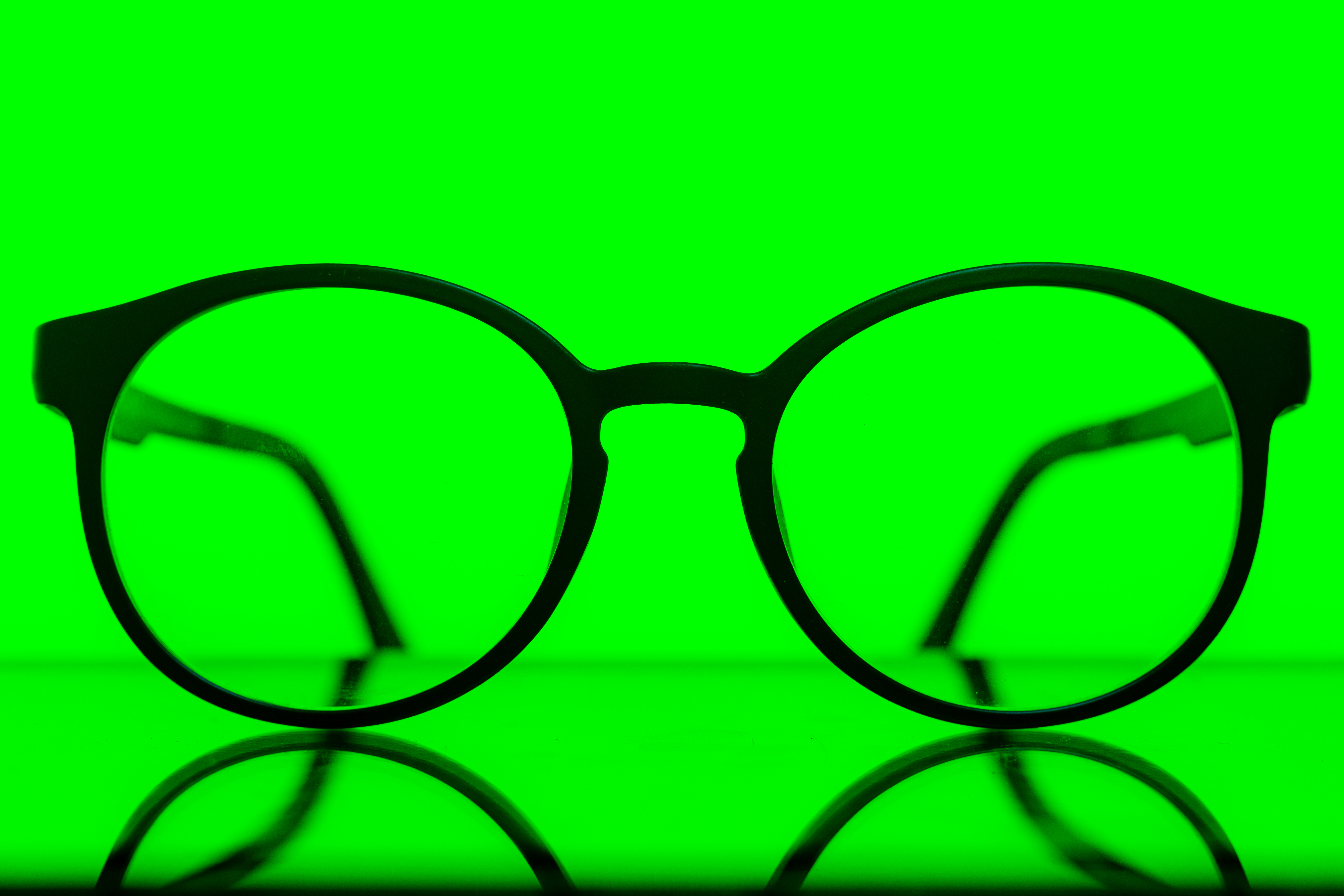Product Design
Product design as a verb is to create a new product to be sold by a business to its customers.[1] A very broad coefficient and effective generation and development of ideas through a process that leads to new products.[2] Thus, it is a major aspect of new product development.
Product design process: the set of strategic and tactical activities, from idea generation to commercialization, used to create a product design. In a systematic approach, product designers conceptualize and evaluate ideas, turning them into tangible inventions and products. The product designer's role is to combine art, science, and technology to create new products that people can use. Their evolving role has been facilitated by digital tools that now allow designers to do things that include communicate, visualize, analyze, 3D modeling and actually produce tangible ideas in a way that would have taken greater human resources in the past.
Product design is sometimes confused with (and certainly overlaps with) industrial design, and has recently become a broad term inclusive of service, software, and physical product design. Industrial design is concerned with bringing artistic form and usability, usually associated with craft design and ergonomics, together in order to mass-produce goods.[3] Other aspects of product design and industrial design include engineering design, particularly when matters of functionality or utility (e.g. problem-solving) are at issue, though such boundaries are not always clear.[4]
Chesterfield is a large market town and borough in Derbyshire, England,[1] 24 miles (39 km) north of Derby and 11 miles (18 km) south of Sheffield at the confluence of the River Rother and River Hipper. Including Whittington, Brimington and Staveley, it had a population of 103,801 in 2012,[2] making it Derbyshire's second largest town. It has been traced to a soon-abandoned Roman fort of the 1st century AD.[3] The name of the later Anglo-Saxon village comes from the Old English ceaster (Roman fort) and feld (pasture).[4][5] Its sizeable street market is held three days a week.[6] The town sits on a coalfield, but little visual evidence of mining remains. Its great landmark is the Church of St Mary and All Saints with a crooked spire.
